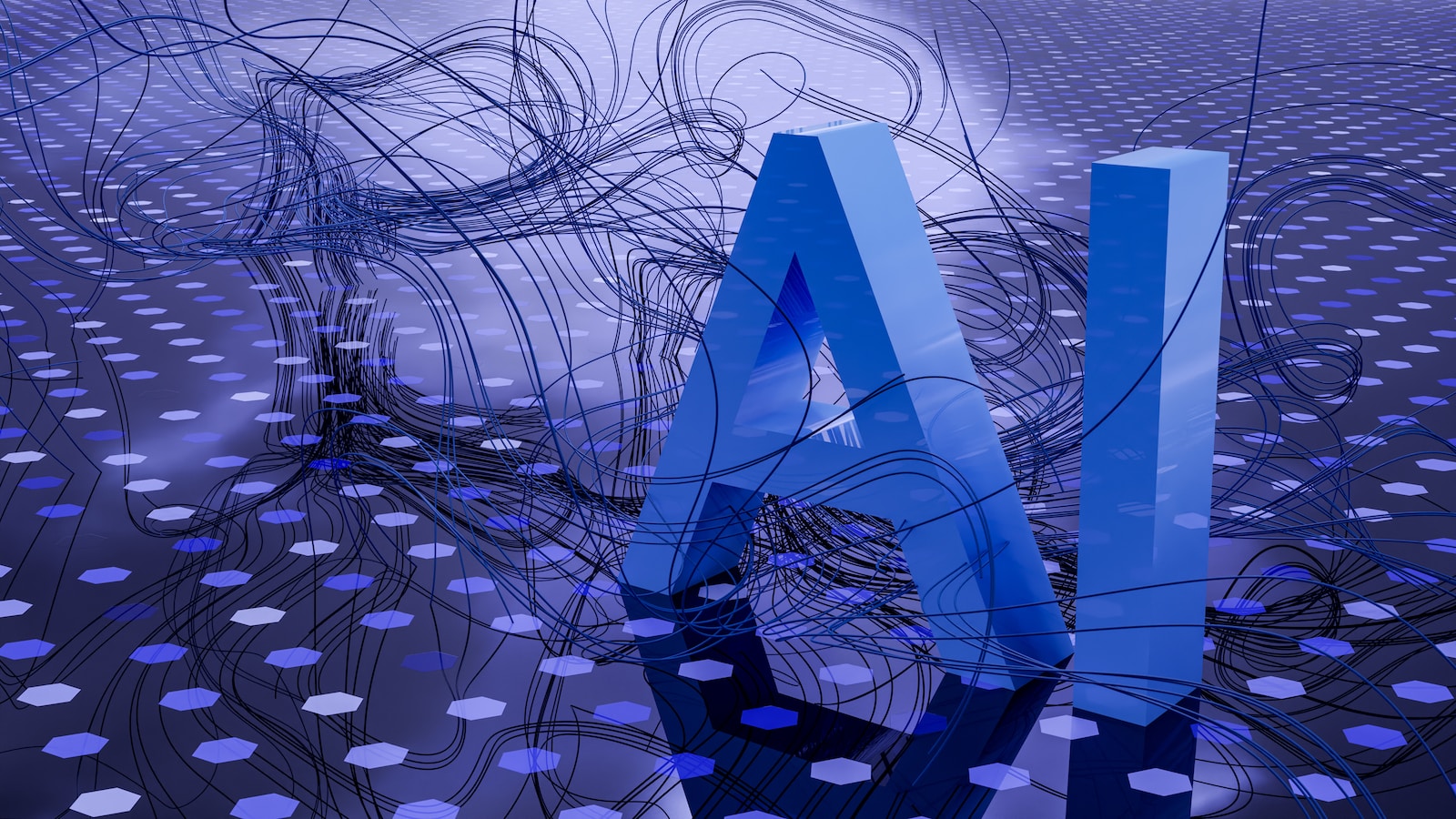It is to your own detriment to bring up artificial intelligence with the majority of artists. Artists will mourn the future of their trade, photographers will offer you a rant about copyright, and painters will compulsively detail the significance of method and brushstroke. Writers will grumble about the future of their profession. On the other hand, there are artists who are investigating the possibilities offered by these new technologies. Last month, the artist Laurie Simmons displayed a new body of work that she created using the platforms DALL-E and Stable Diffusion. The event was held at Art Basel Miami Beach, which is a contemporary and modern art exhibition.
In an interview with painter and critic Walter Robinson, who has also begun using similar technologies to produce art, Simmons comments on artificial intelligence, saying, “I couldn’t dream up how much it would benefit me and my work.” Robinson is also a user of these tools.
Melanie Clemmons and Zak Loyd, both of whom are based in Dallas, have also started incorporating artificial intelligence platforms into their practices. This includes their next exhibition, “Trophy Club Nissan,” which will be shown at Liliana Bloch Gallery this coming weekend. As part of the exhibition, the two artists have developed a body of work that examines themes that Loyd refers to as “suburban paranoid fantasy.” This body of work draws inspiration from the local aftermath of the January 6 rebellion that occurred in 2021. In addition, despite the fact that they freely refer to artificial intelligence as a collaborator, it is also the subject of their conversation.
“In order to get a sense of how the artificial intelligence perceives us, we began by entering very basic prompts about North Texas,” explains Loyd. When we sought to use artificial intelligence as a mirror, a lot of elements that were associated with doomsday prepper or conspiratorial thinking appeared.
The name “Trophy Club Nissan” comes from the suburb, which is located in the Dallas-Fort Worth area, as well as the jingle of the car dealership that was played on North Texas television throughout the 1980s and 1990s. (The original commercial, which is really worth watching, was discovered by Reddit.) The exhibition itself is comprised of a variety of sculptural objects, video art, and prints created by diverse artists. There will be goods that are easily recognized to the observer, such as a rifle, a deer shoulder mount, and indoor fountains; yet, each of these items contains multiple levels of concept, and there may even be a glitch or two.
Both Clemmons and Loyd have, throughout the course of their careers, been generating work that has kept pace with the development of new technologies. Clemmons is a photographer by profession and teaches digital and hybrid media at Southern Methodist University. Loyd is a visual arts technician at the University of North Texas, where he teaches new media art. Clemmons and Loyd both teach courses related to photography. Over the course of the previous two decades, the two individuals have created art both individually and together, despite the rapid and intricate changes that have occurred on the internet.
Over the course of the past year, the majority of discussions regarding these emerging technologies have been on generative artificial intelligence (AI), which is responsible for the creation of text, images, and video that are frequently riddled with defects that produce an uncanny valley effect for viewers. Use Google to search for “AI hands.” According to Loyd, they are fascinating, and he speculates that they will most likely become artifacts that provide viewers in the future with a timestamp reflecting the early years of the technology.
Both Lloyd and Clemmons, who are artists, are equally interested in the artificial intelligence that is not visible. “the aesthetics of algorithmic filter bubbles,” as Clemmons puts it, is the source of inspiration for a significant portion of this exhibit, according to his statement. You may think of this as the way in which the echo chambers that we create on the internet alter the way that we think, and eventually how we dress or our behavior. The term “Instagram face” is one example of a current phenomenon that has led to a rise in the demand for plastic surgery. Another example is the phenomenon of conspiracy theory rabbit holes, which have had an effect on both national and international affairs.
Clemmons is interested in the impact that the development of these online communities will have in the real world. For the sake of this exhibit, she and Loyd are particularly interested in the actual violence that occurred during the attack on the United States Capitol in 2021, which began as an online movement. When they found out how many people from North Texas were involved, Clemmons says that was the moment when they had their first thoughts for this body of work. It was evident to them that there was a direct connection between the paranoia of the QAnon conspiracy movement and the skepticism regarding the tools of artificial intelligence.
“A significant portion of the paranoia that we are projecting onto artificial intelligence is paranoia that we ought to have projected onto the existing paradigms and systems that we are currently residing in,” argues Loyd.
This is not a display that will make you feel better about artificial intelligence; the atmosphere of the Liliana Bloch Gallery show is, in some ways, ominous regarding the subject matter. On the other hand, these artists do not have any concerns about the introduction of new technologies. Clemmons is of the opinion that she does not believe artificial intelligence has any interest in taking over the earth.
According to Clemmons, “There is a really specific part of the show that points out that before we get even close to that, we are going to have to deal with these really scary ways that artificial intelligence is going to present itself in our normal life.” There are a variety of daily ways in which humans can utilize artificial intelligence to misinform or incite fear.
According to Loyd, “We are not afraid of artificial intelligence as an entity; rather, we are more afraid of humans using AI.”





